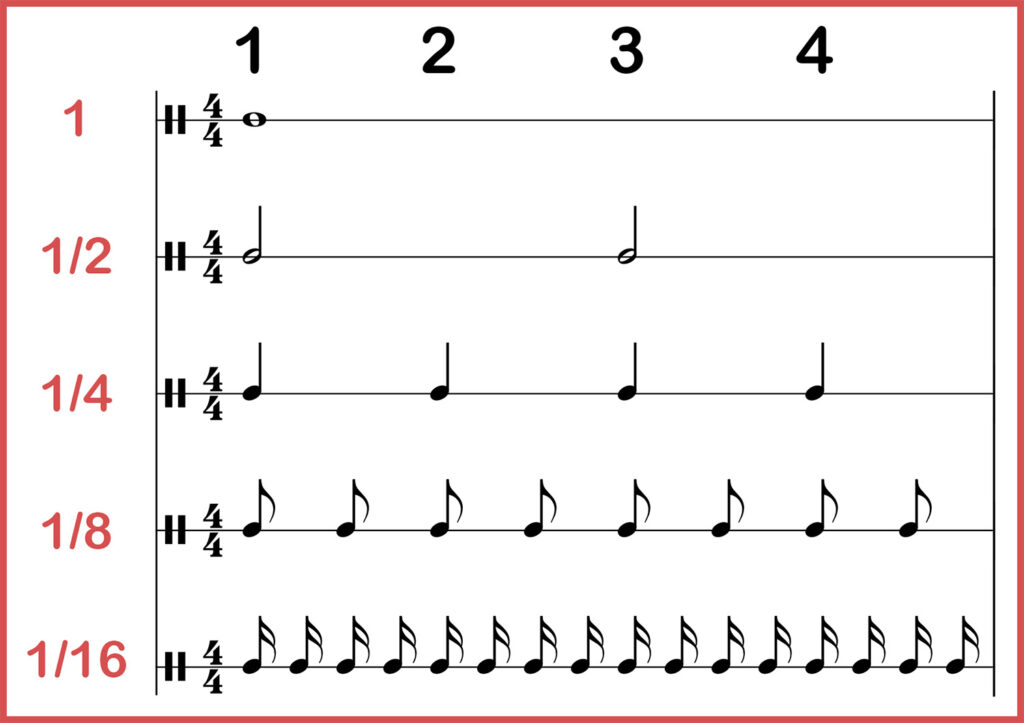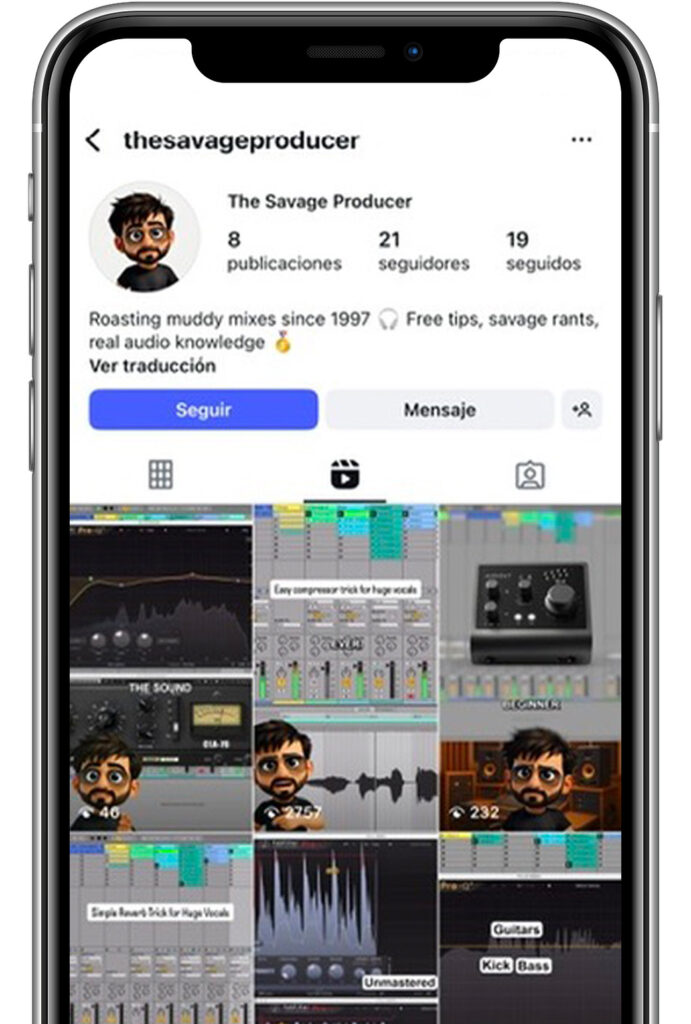Every melody, every chord, and ultimately every song is made up of notes. These notes have two important properties that make up music: the pitch, which indicates which of the 12 possible notes is being played and how high or low our note sounds, and the note value, which indicates how long that note is being played.
The longest note is called a whole note and is a full 4/4 bar (four beats) long, hence the name. Don't know what a bar is? Then I highly recommend my article on bars, rhythm and time signatures.
The names are derived from the duration of note values within a 4/4 bar - a note that lasts a whole bar is called a "whole note". A half note lasts half a 4/4 bar (i.e. two beats), a quarter note lasts a quarter of the bar, an eighth note lasts an eighth of the bar, and so on.
| Note value | Appearance | Description |
|---|---|---|
| Whole note | 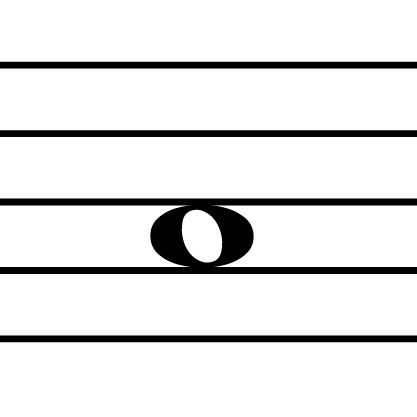
| An empty circle without a stem |
| Half note | 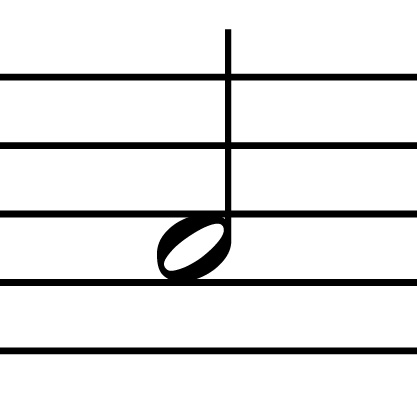
| An empty circle with a stem |
| Quarter note | 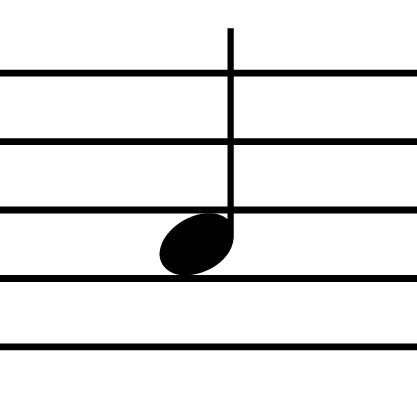
| A filled circle with a stem |
| Eighth note | 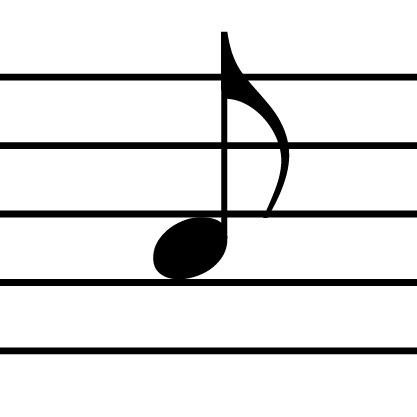
| A filled circle with a stem and a flag |
| Sixteenth note | 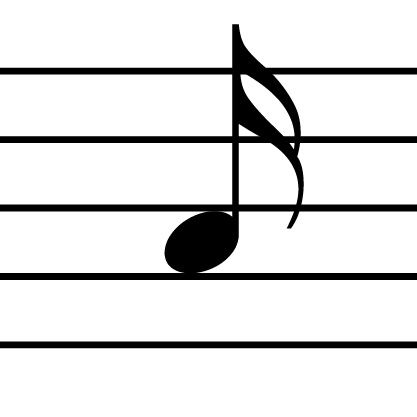
| A filled circle with a stem and two flags |
| Thirty-second | 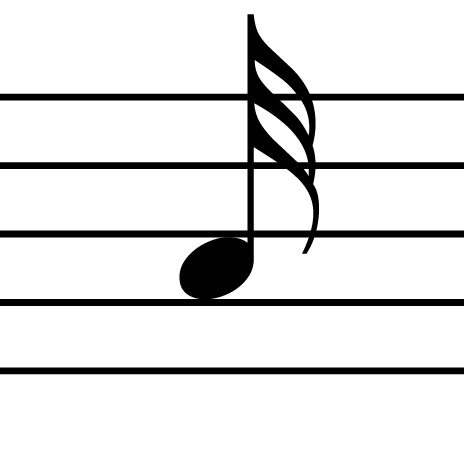
| A filled circle with a stem and three flags |
| Sixty-fourth | 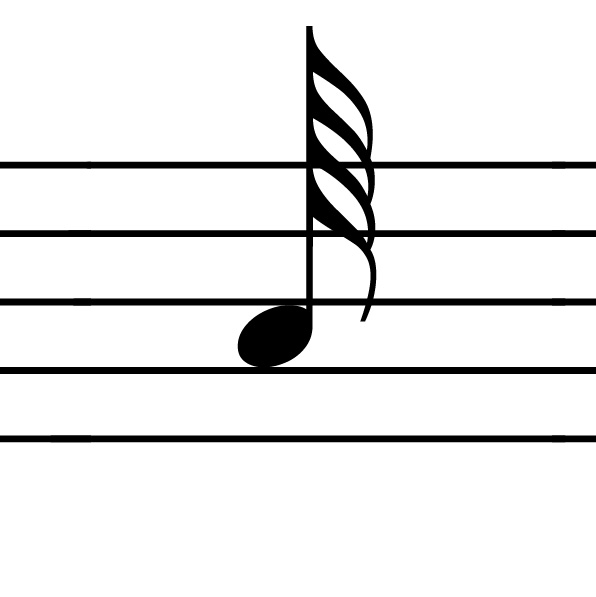
| A filled circle with a stem and four flags |
If the note has a stem, it may rise to the right of the notehead or fall to the left of the notehead. In most cases, for reasons of compactness and legibility, the stem is placed to the right if the note is lower than the staff centerline, or to the left if it is higher.
When two or more notes that have one or more flags follow each other, the flags are linked to make them easier to read.

Note values always remain the same - even in other time signatures
The note values remain the same regardless of the time signature. Only the number of notes that fit into a bar changes. For example: Four quarter notes will fit into a 4/4 bar, but only two quarter notes will fit into a 2/4 bar. But they are the same length as the quarter notes in 4/4 time.
With this simple rule, you can quickly find out how long each time signature is and what note values it contains:
- The numerator (upper fraction) indicates how many notes fit into a bar.
- The denominator (lower fraction) indicates the note value of these notes (1 stands for whole notes, 2 for half notes, 4 for quarter notes, 8 for eighth notes, etc.).
For example: Four quarter notes fit into a 4/4 bar, three quarter notes fit into a 3/4 bar, six eighth notes fit into a 6/8 bar, and so on.
Rest values
For each note value, there is a rest value of the same length. Rests are as important as note values when reading music because they define the duration of silence or stillness in a piece of music. They indicate how long an instrument or voice should not play.
Because you can't just leave a bar blank if there are no notes to play - the rests/silence must be explicitly stated. All note values + rest values must add up to the time signature. As an example:
- In a 4/4 measure where three quarter notes are to be played, another quarter rest must be inserted so that three quarter notes + one quarter rest add up to 4/4.
- In a 6/8 bar where two eighth notes are to be played, 4 eighth rests must be added to make 6/8.
All common rest values are listed in the following table:
| Rest value | Appearance |
|---|---|
| Whole rest | 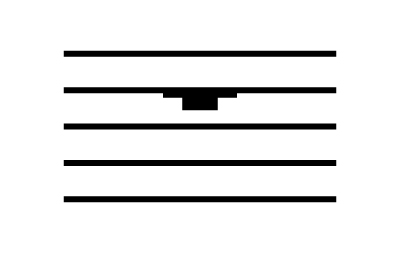
|
| Half rest | 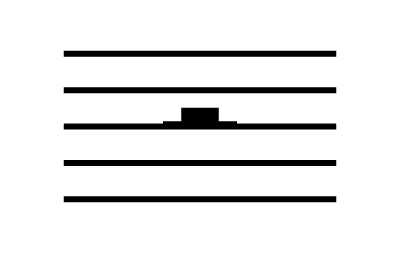
|
| Quarter rest | 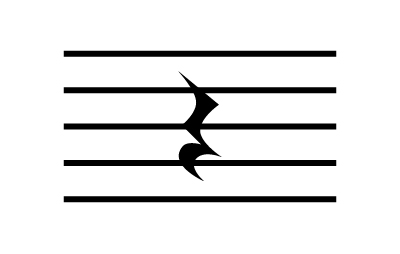
|
| Eighth rest | 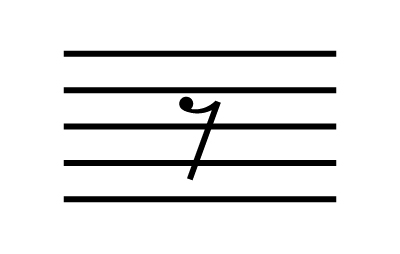
|
| Sixteenth rest | 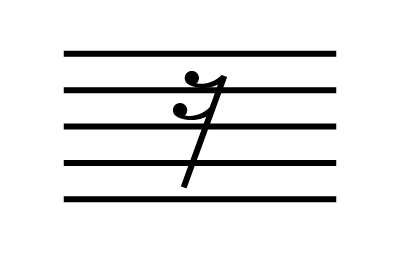
|
| Thirty-second rest | 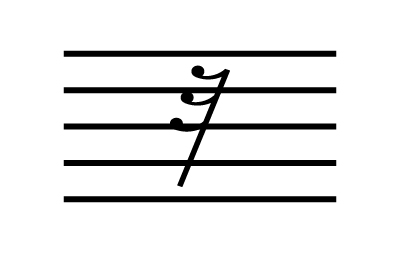
|
| Sixty-fourth rest | 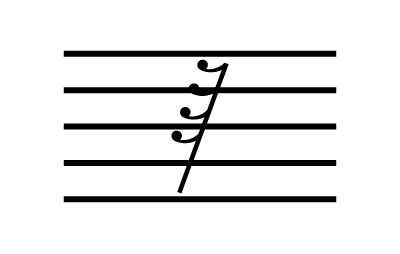
|
Dotted notes
Dotted notes allow the representation of note lengths that are not divisible by 2. By adding a dot after the note, it is extended by 50% of its original length. For example, a quarter note is extended by an eighth note, a half note by a quarter note, and so on.
- A dotted quarter note (usually one beat long) is extended by an eighth note, making it one and a half beats long.
- A dotted half note (usually two beats long) is extended by a quarter note for a total of three beats.
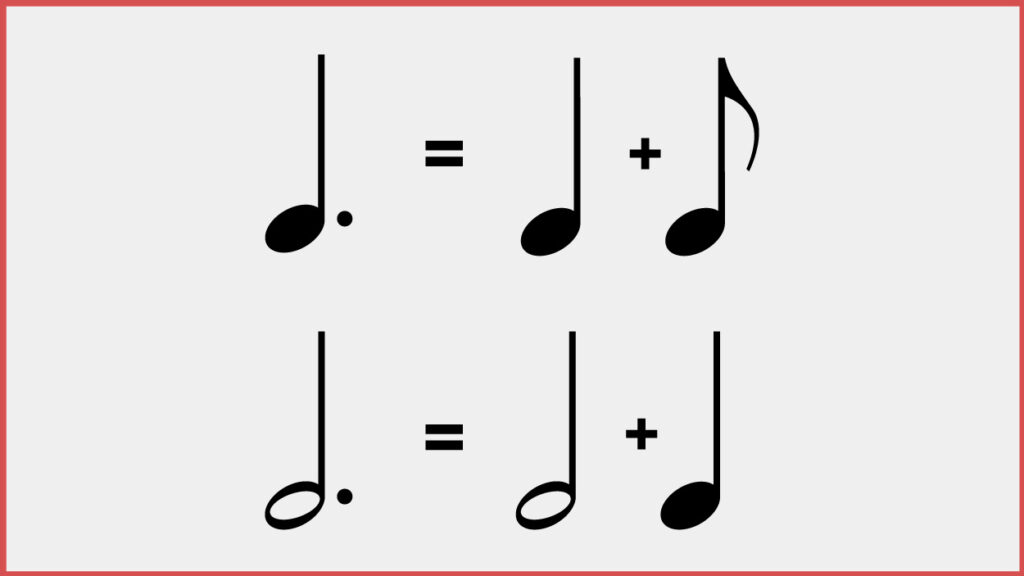
The same effect can be achieved by connecting notes with a slur. This creates a new, longer note. This method is mainly used when you want to extend a note beyond the bar. The result is an extension in which the length of the new note is exactly the sum of the two notes that were originally joined.

Triplets
➔ Click here for the detailed article on triplets in music
A triplet is a group of three even notes played in the time of two. It is represented in music notation by a parenthesis or bow with the number "3" above or below the notes.
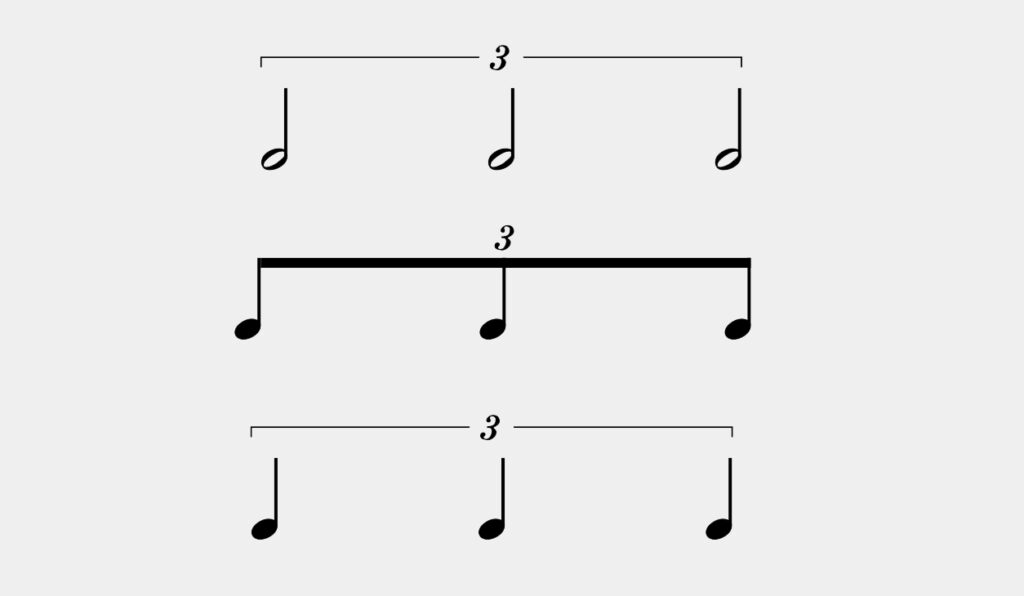
For example: In a 1/4 bar, where two eighth notes would normally be played in a beat, three eighth notes would be played in a triplet in the same period. This means that each note in the triplet lasts two-thirds of a normal beat.

Triplets are used to create an unusual or "swinging" rhythm that differs from the regular, metrical feel created by even note values.
Frequently asked questions about note values
What are the note values?
- Whole note (semibreve): Has the duration of four beats in 4/4 time.
- Half Note (Minim): Has the duration of two beats in 4/4 time.
- Quarter note (Crotchet): Has the duration of one beat in 4/4 time.
- Eighth note (Quaver): Has the duration of half a beat in 4/4 time.
- Sixteenth note (semiquaver): Has the duration of a quarter beat in 4/4 time.
- Thirty-second note (demisemiquaver): Has the duration of an eighth beat in 4/4 time.
- Sixty-fourth note (hemidemisemiquaver): Has the duration of a sixteenth beat in 4/4 time.
The names in parentheses are the names in British English, which is very different from American English.
What do the note values mean?
Note values in musical notation indicate how long a note is played or sung in relation to the tempo of the piece. They are a central element of music theory and enable musicians to understand and perform the rhythms and melodies of a piece of music.
Related articles:





